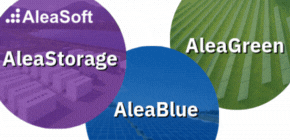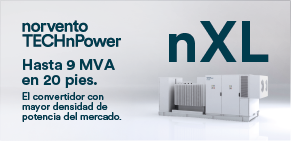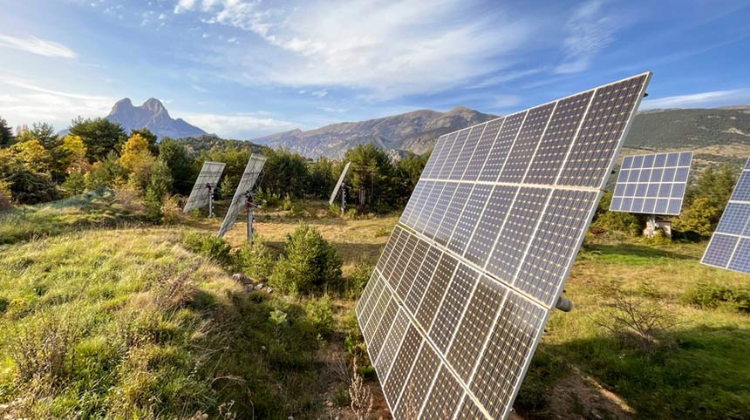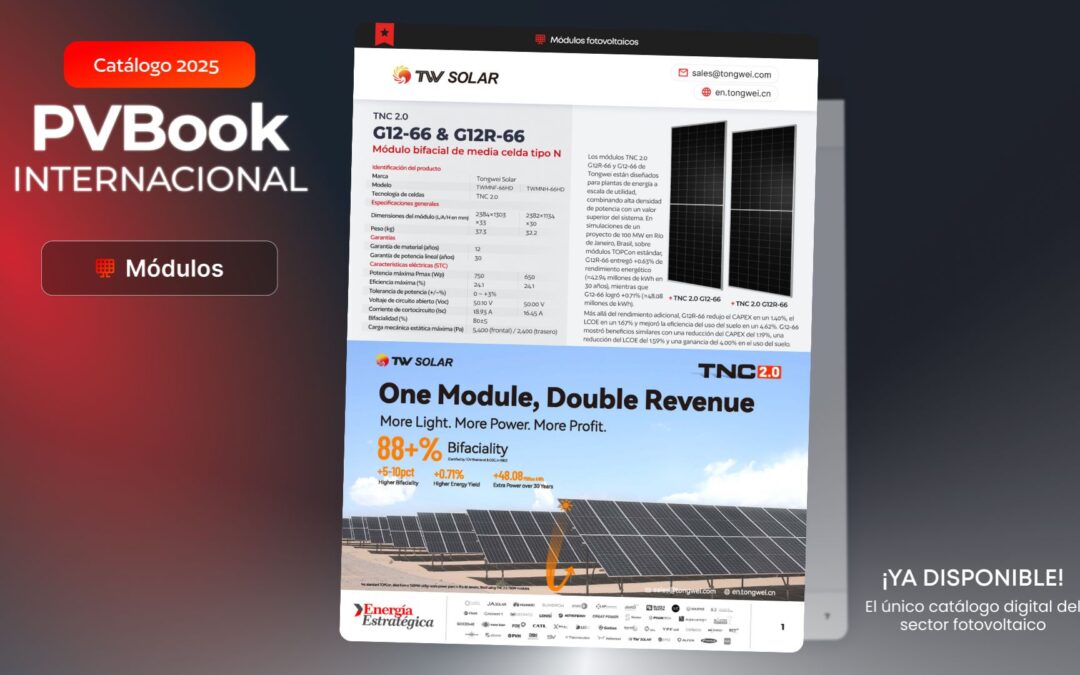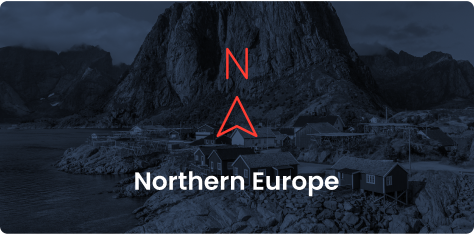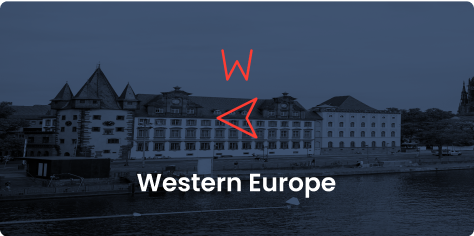The Catalan government has approved Decree-Law 22/2025 , a regulation designed to increase the resilience of the electricity system and, at the same time, facilitate the deployment of clean technologies. The regulation updates sectoral and urban planning procedures, adjusts grid access and connection, and establishes local participation to ensure investment flows to projects with greater regulatory certainty.
The decree incorporates storage into the Catalan energy procedure and clarifies its urban planning integration both in independent mode and hybridized with generation.
In practice, this allows batteries in industrial or logistics sites to advance more smoothly and prioritizes nodes where they offer operational flexibility. The Catalan government is opening the door to a call for proposals for between 2.5 and 3.5 GW of projects—with high levels of aid relative to CAPEX —to ensure the system has the resources to follow real-time instructions and provide grid services.
In renewable energy generation, the regulation reinforces the concept of superior public interest and simplifies authorizations, with special mention of the implementation on existing infrastructure (canals, reservoirs, hydraulic works) and agrivoltaics , so that projects can be compatible with land use.
In turn, it organizes access and connection information : the General Directorate of Energy may require distributors to provide data by substation , channel connection alternatives when there are denials and reduce the information asymmetry that today slows down investment decisions.
The text also regulates and registers energy communities , enabling them to manage collective self-consumption, shared storage, and, in the future, flexibility services . All of this is accompanied by procedural improvements to transmission and distribution networks—without altering the urban planning status of the affected land—and municipal compensation mechanisms to expedite critical infrastructure projects.
For developers and operators, the decree is a clear sign of reduced regulatory risk : greater predictability in authorizations, a more transparent network access channel , and a battery pipeline with stable rules.
This shift seeks to accelerate a deployment that in Catalonia has lagged behind other communities : various assessments indicate that the community has only reached around 20% of the renewable generation target for 2030 and that, to comply with PROENCAT , it should multiply its clean generation capacity by five in the current decade.
Meanwhile, benchmark reports and system data show that other regions —Castilla y León, Aragón or Castilla-La Mancha— have maintained much higher rates of authorization and connection, leading in new MW of both wind and photovoltaic power.
In operational terms, integrating storage and prioritizing projects on existing infrastructure should reduce connection times and costs , provide dynamic voltage control , and improve ramp management for photovoltaics and wind power.
For municipalities and citizens, the framework of energy communities and well-designed local participation can align social acceptance and economic benefits , a key condition for accelerating implementation without increasing territorial conflict.
The starting point has been this year’s stability incidents , including the blackout on April 28, which highlighted the need for manageable resources and flexibility in a system with a high penetration of variable renewables.
The preamble to the decree concludes that short-term responses are not enough and that a structural adjustment was needed : more storage, more agile procedures, better network information and a framework that facilitates investment where it provides the most systemic value .
According to the Catalonia Energy Outlook 2050 (PROENCAT) , the path compatible with climate objectives requires a leap of scale : between 2030 and 2040 around 27 GW of new renewable power should be incorporated ( ~12 GW wind and ~15 GW photovoltaic ) to approach a renewable park of almost 43 GW in 2040 .
Furthermore, the 2030-2035 period must absorb the closure of the Catalan nuclear groups , which requires accelerating the introduction of new generation and storage to sustain security of supply and industrial competitiveness.










